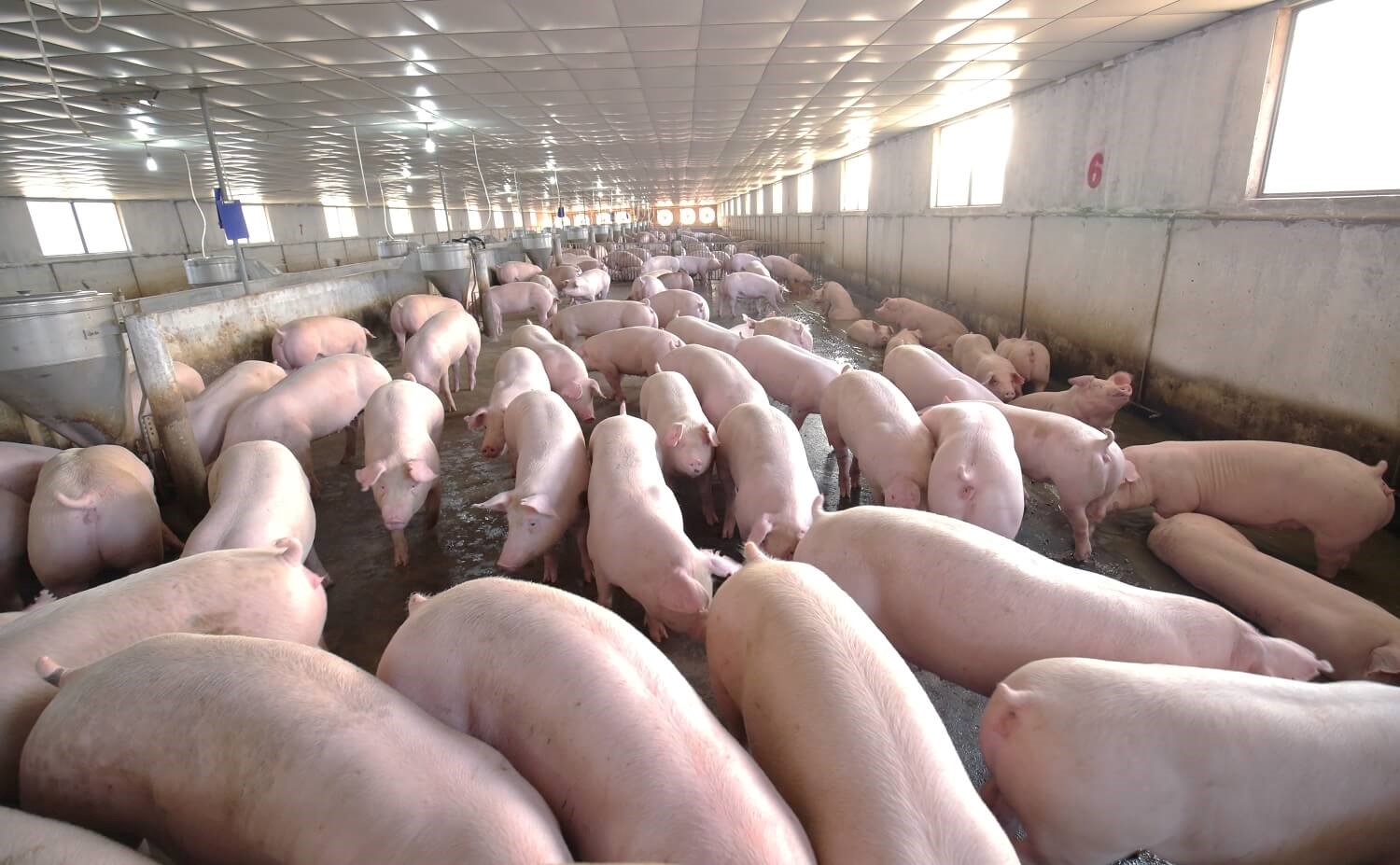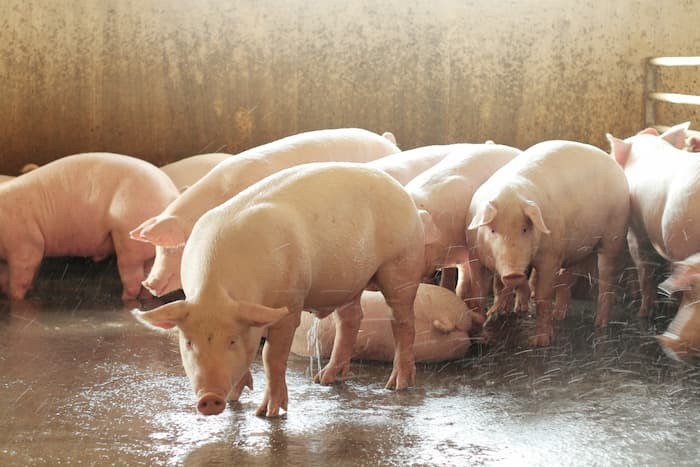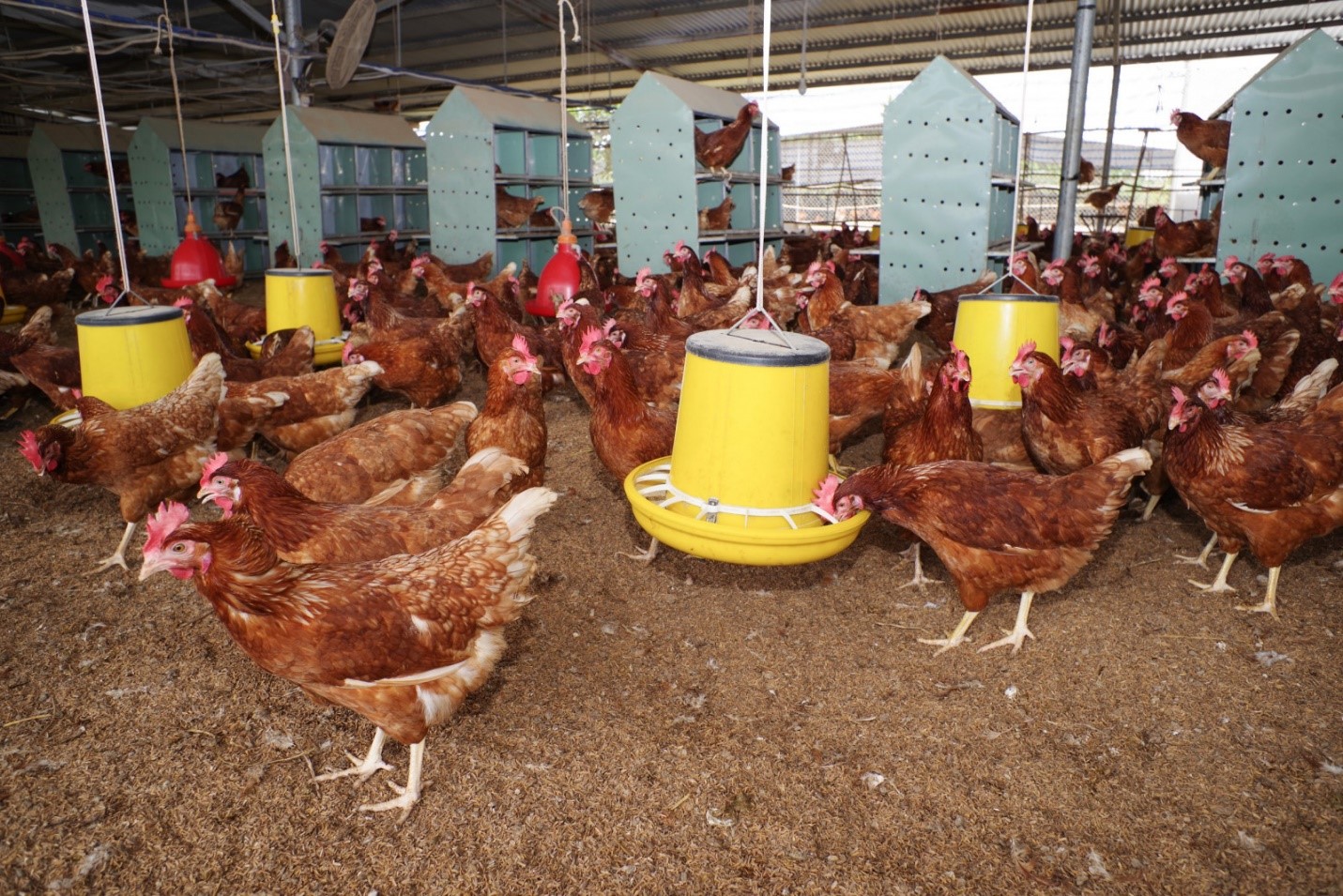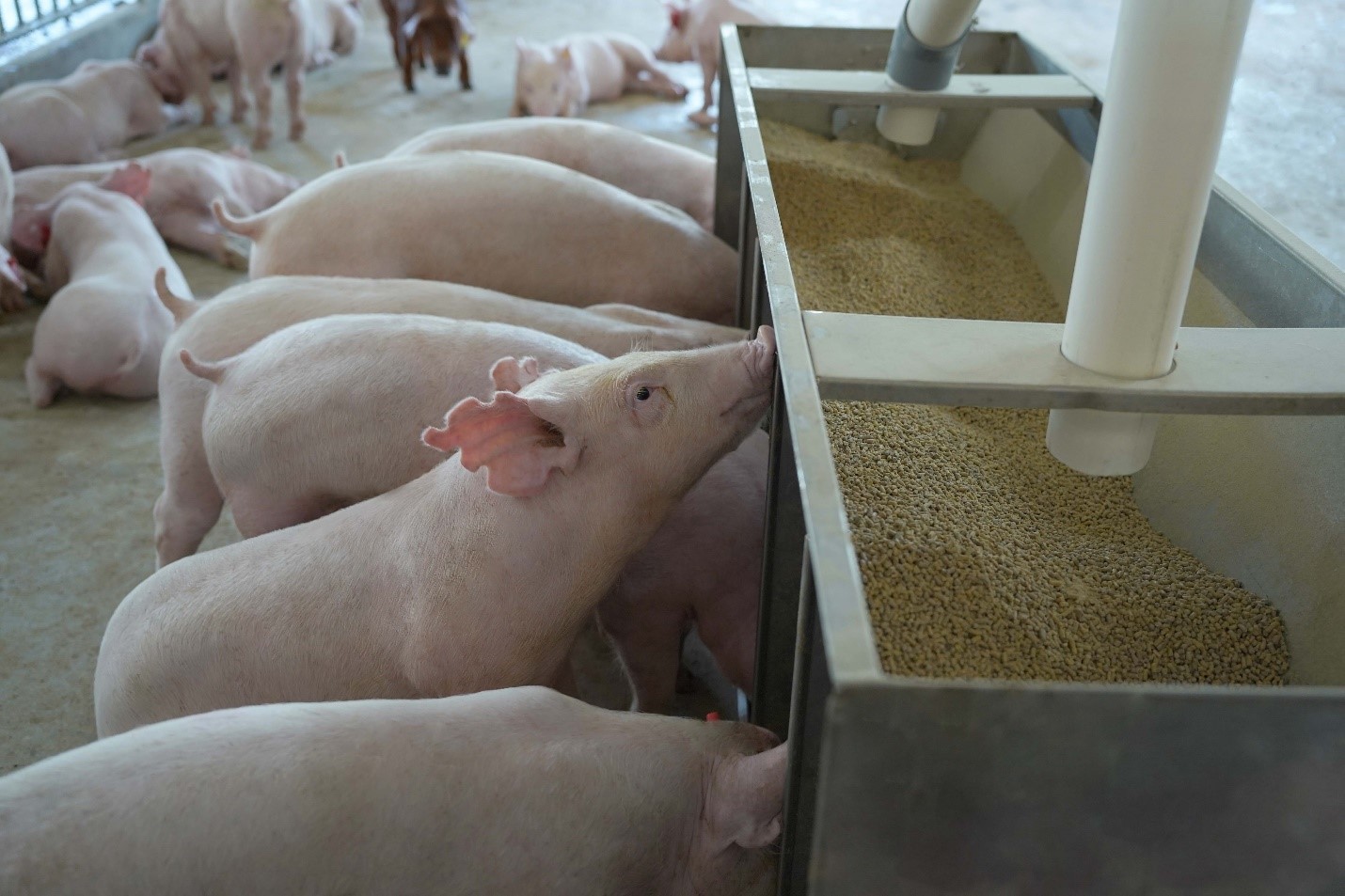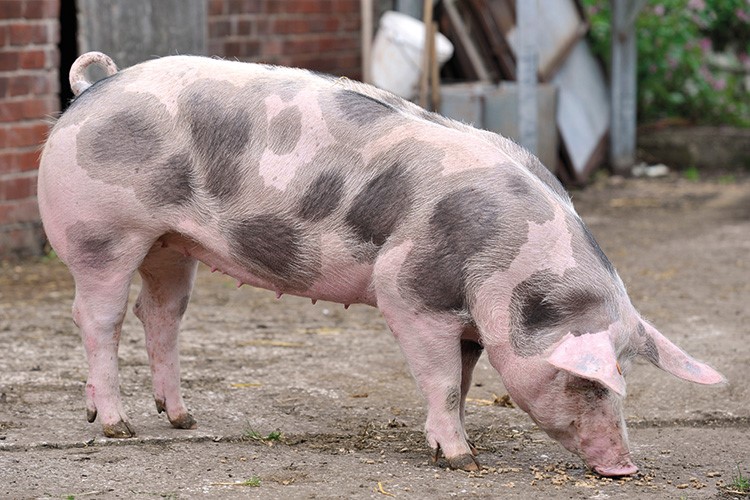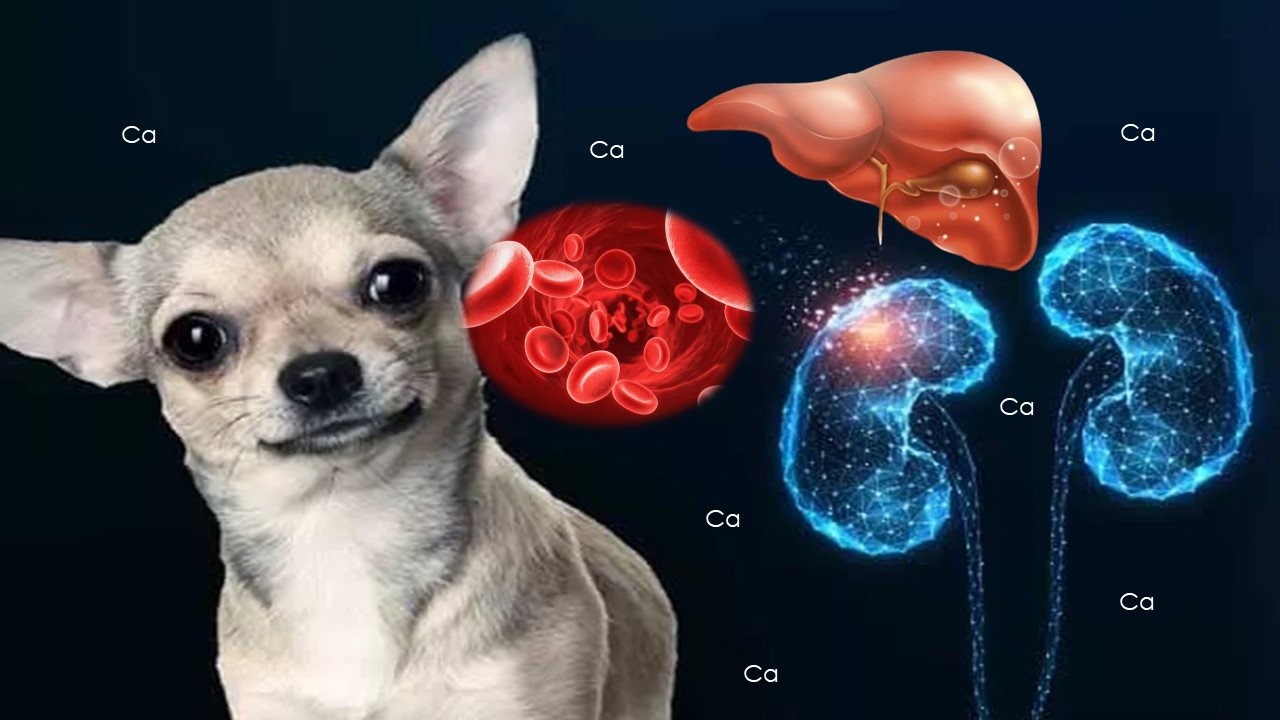TECHNICAL CONSULTANCY
Infectious Coryza In Chickens
If your chickens show symptoms such as labored breathing, facial swelling, inflamed eyes sticking shut due to conjunctivitis, and nasal discharge that starts clear but becomes thick and forms white pus clots — these are typical signs of Infectious Coryza. This disease affects chickens of all ages and can cause significant economic losses to poultry farms. Infectious Coryza, also known as Infectious Sinusitis, Avian Coryza, or Swollen Head Syndrome, spreads rapidly in poor housing conditions or under harsh weather. So, what exactly is Infectious Coryza in chickens, and how can it be effectively prevented? 1. CAUSE OF THE DISEASE –..
Pasteurellosis in Pigs
Pasteurellosis is a highly contagious and dangerous infectious disease commonly seen in pigs, causing significant economic losses if not detected and treated promptly. In pig farming, this disease can cause sudden mass mortality within a short time. It is an acute bacterial infection caused by Pasteurella multocida. Without timely detection and control, it can lead to severe losses to the entire herd. 1. CAUSE OF THE DISEASE The main causative agent is Pasteurella multocida. This bacterium can reside in the respiratory tract of healthy pigs and cause disease when favorable conditions arise. Image of pig farming Predisposing..
Secrets to Restoring Livestock Barns After Floods
Under unpredictable weather conditions with frequent floods, restoring and sanitizing livestock barns after inundation is essential to maintain biosecurity and ensure the health of farm animals. After flooding, the farming environment becomes a high-risk area for disease outbreaks. Floodwater, waste, manure, and carcasses can severely contaminate barns, creating favorable conditions for pathogenic bacteria, viruses, and parasites to multiply, threatening both animal and human health. Therefore, proper cleaning and disinfection of barns are crucial to prevent post-flood infectious diseases in livestock. Image of animals in floods 1. IMMEDIATE ACTIONS TO TAKE Electrical safety inspection: Disconnect all power sources and have a..
Swine Paratyphoid – Understanding for Effective Prevention and Treatment
In pig farming, diseases are the main cause of reduced productivity and serious economic losses. Among them, swine paratyphoid is one of the most dangerous infectious diseases, often breaking out rapidly and being difficult to control. During pig production, many farmers have experienced prolonged diarrhea, high fever, anorexia, and mass mortality in their herds, especially in post-weaning piglets. These symptoms are often mistaken for classical swine fever or pasteurellosis; however, in reality, they may indicate swine paratyphoid – a highly contagious disease that can cause severe damage to pig herds if not detected and treated promptly. 1. CAUSE Swine paratyphoid..
Guidelines for Constructing Tarpaulin-Lined Ponds for Efficient and Cost-Effective Aquaculture
Many farmers prefer tarpaulin-lined ponds over concrete tanks for fish farming. So, what are the advantages of tarpaulin ponds? And what are the requirements for building such ponds to raise fish, shrimp, eels, snails, and frogs? Constructing tarpaulin-lined ponds for aquaculture (fish, eels, shrimp, snails, frogs) has become a growing trend among both small-scale and large-scale farmers, with proven success. With relatively low initial investment, farmers can quickly set up a tarpaulin pond and stock aquatic species right away. Compared with pond excavation, installation and preparation are less complicated. So, how can tarpaulin ponds be built for maximum efficiency and..
Infectious Laryngotracheitis (ILT) in Chickens
In poultry farming, Infectious Laryngotracheitis (ILT) is considered one of the major threats to chicken flocks. The disease not only directly affects health, causing sudden death, but also reduces productivity. ILT is a highly dangerous respiratory disease in chickens, commonly seen in both broiler and layer farms, and it can cause severe economic losses if timely preventive measures are not implemented. 1. CAUSES ILT is caused by a Herpesvirus. Characteristics of the virus: – It can survive for a long time in the environment, particularly in the respiratory secretions of infected chickens. – The virus spreads rapidly through direct contact..
Harmful Effects Of Crop And Intestinal Mycosis In Chickens
Crop and intestinal mycosis in chickens is a dangerous disease that greatly affects poultry health. So, what are its harmful effects on chickens and how can it be effectively prevented and treated? Currently, the poultry industry is developing at various scales. However, one common issue faced by many farms—yet often overlooked—is the harmful impact of crop and intestinal mycosis. Chickens are highly susceptible to this disease, which significantly reduces their productivity. Therefore, understanding the harmful effects of crop and intestinal mycosis in chickens and applying thorough prevention and treatment measures is crucial to achieving high economic efficiency in poultry farming...
Mycoplasma suis Infection in Swine
Mycoplasma suis is a hemotrophic bacterium parasitizing erythrocytes, adversely affecting swine health and causing considerable economic losses. The disease tends to flare up severely when pigs are subjected to stress, abrupt weather changes, or concurrent infections. In modern swine production, although not as prevalent as African swine fever (ASF) or Porcine Reproductive and Respiratory Syndrome (PRRS), Mycoplasma suis infection silently reduces herd productivity and profitability. This pathogen induces anemia, stunted growth, poor weight gain, and in severe cases, sudden death, making it a growing concern in current swine herds. 1. CAUSES The disease is caused by Mycoplasma suis, a wall-less..
Top 5 Most Productive Pig Breeds – High Economic Efficiency
In the swine industry, breeding stock plays a crucial role, being the key factor that determines productivity and profitability. Which pig breeds currently rank highest in terms of improving economic efficiency? 1. LANDRACE PIG The Landrace is a high-yield pig breed originating from Denmark and is now widely raised in many countries. This breed has excellent reproductive capacity, prolificacy, good growth performance, efficient feed conversion, high carcass yield, strong adaptability, and good disease resistance. Statistics show that within one year, a Landrace sow can produce 1.8 to 2 litters, with each litter ranging from 10–12 piglets. Image of Landrace pigs..
The Role Of Calcium In Dogs And Management Of Calcium Deficiency
Calcium is an essential mineral for dogs that helps maintain overall health. Both deficiency and excess can lead to serious skeletal disorders. Like humans, pets also require mineral supplementation, and deficiencies may result in life-threatening conditions. Although calcium accounts for a relatively small proportion of the body, it plays a crucial role in the growth and development of animals. Therefore, it is important to understand the significance of calcium in dogs and how to manage calcium deficiency to ensure optimal health. 1. THE ROLE OF CALCIUM – Calcium is a trace mineral found throughout the body. It plays vital roles..


